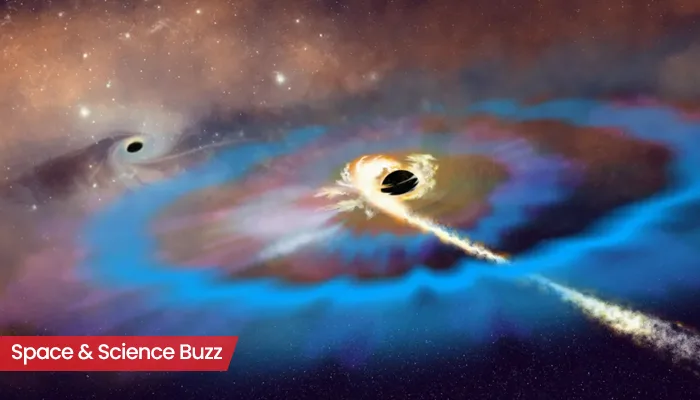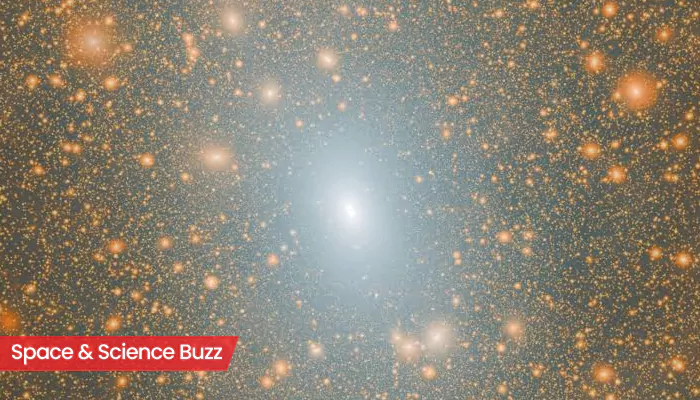
Here are today's most important updates from the realm of Science and Space.
Flagship 2 Unlocks the Cosmos: Largest Simulation Maps Billions of Galaxies
The Euclid Consortium, part of the European Space Agency's Euclid space telescope mission, has unveiled Flagship 2, the largest and most detailed simulation of the universe to date. This vast digital model encompasses 3.4 billion galaxies and tracks the gravitational interactions of over 4 trillion particles, providing scientists with a virtual universe to analyse the wealth of data collected by Euclid, Space.com reported. The Flagship 2 simulation was developed using an algorithm created by University of Zurich astrophysicist Joachim Stadel. In 2019, Mr Stadel utilised the Piz Daint supercomputer, then ranked as the world's third most powerful, to generate this remarkably detailed virtual universe model. The Euclid space telescope, launched by the European Space Agency in July 2023, orbits 1.5 million kilometres from Earth at the Sun-Earth Lagrange Point 2 (L2).
Nitrogen-Rich Ices Become Stellar Snack for Hungry White Dwarf
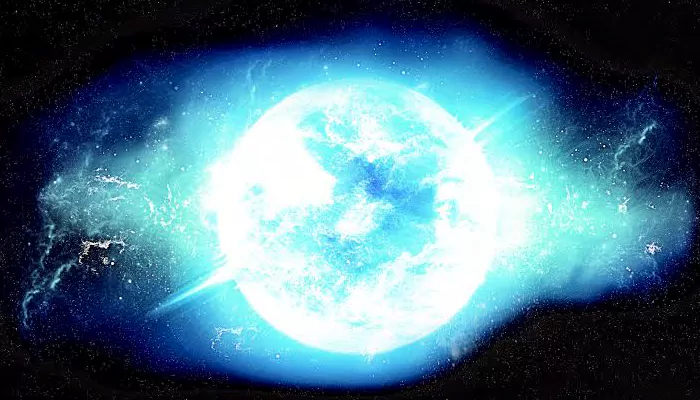
Astronomers using the Hubble Space Telescope have observed a white dwarf - a highly compact stellar ember - that appears to have gobbled up an icy world akin to the dwarf planet Pluto, a finding with implications regarding the likelihood of habitable planets beyond our solar system. The white dwarf is located in our Milky Way galaxy about 255 light-years from Earth, relatively close in cosmic terms, and has a mass about 57% that of the sun. A light-year is the distance light travels in a year, 5.9 trillion miles (9.5 trillion km). White dwarfs are among the universe's most compact objects, though not as dense as black holes. Stars with up to eight times the mass of the sun appear destined to end up as a white dwarf. They eventually burn up all the hydrogen they use as fuel.
Stunning Twist: Familiar Drug Could Hold the Key to Beating COVID
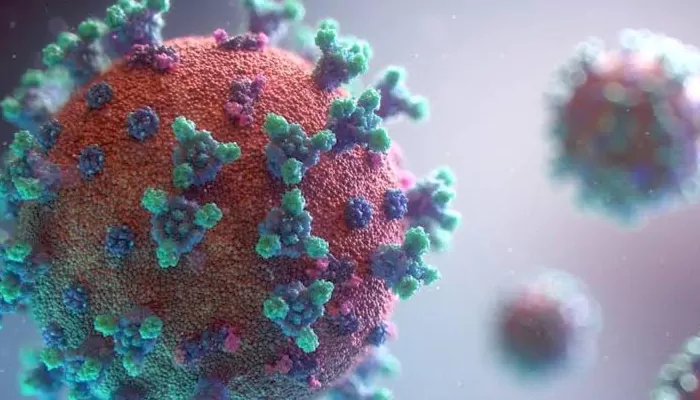
The study analyzed data from almost 500 patients hospitalized with COVID-19 across six countries. Patients who inhaled heparin were half as likely to require ventilation and had a significantly lower risk of dying compared with those receiving standard care. Heparin, a drug traditionally injected to treat blood clots, was tested in this study in an inhaled form, targeting the lungs directly. As well as acting as an anticoagulant, heparin has anti-inflammatory and pan-antiviral properties. Earlier research results showed breathing and oxygen levels improved in COVID-19 patients after they inhaled a course of heparin. The researchers believe the drug could also be useful in fighting other serious respiratory infections such as pneumonia.
Pollution-Proof Your Lungs: One Fruit at a Time
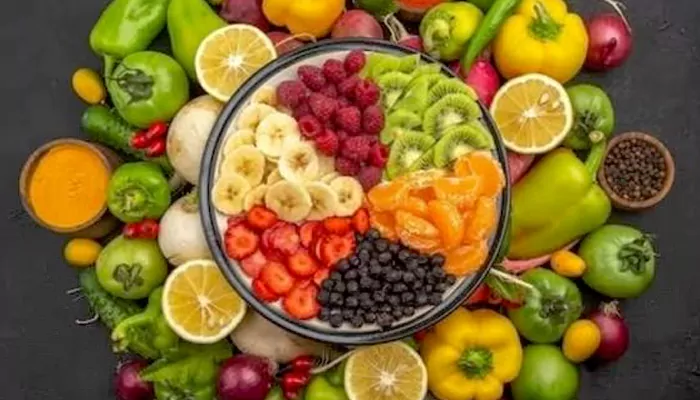
For millions living in cities shrouded in smog, relief might come from an unexpected source: the fruit bowl. Findings presented at the European Respiratory Society Congress in Amsterdam suggest that a diet rich in fruits may help reduce some of the harmful effects of air pollution on lung function. The study found that for every increase of five micrograms per cubic metre in PM2.5, women with low fruit intake experienced a 78.1 ml reduction in lung function, while those eating four or more portions of fruit daily saw a smaller 57.5 ml reduction. The study confirmed that a healthy diet is linked to better lung function in both men and women, regardless of air pollution exposure. And that women who consumed four portions of fruit per day or more appeared to have smaller reductions in lung function associated with air pollution, compared to those who consumed less fruit.


.webp)
.WEBP)
.WEBP)
.webp)
.webp)
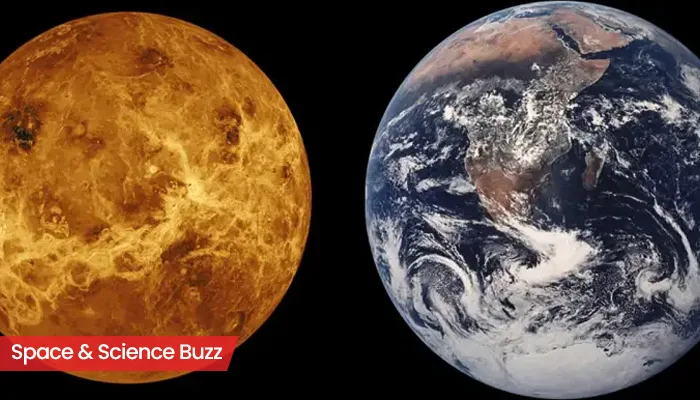
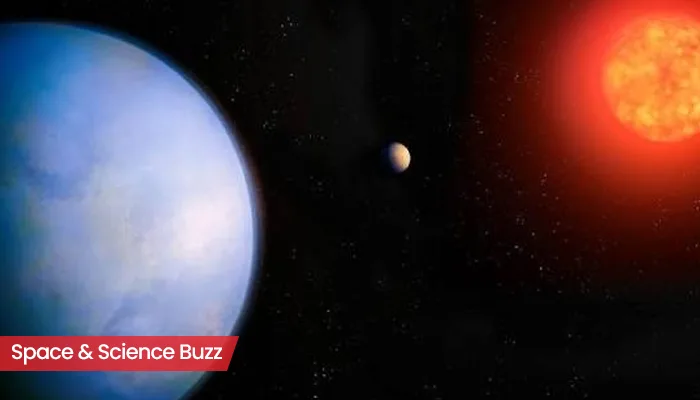
.webp)
.webp)
.webp)
